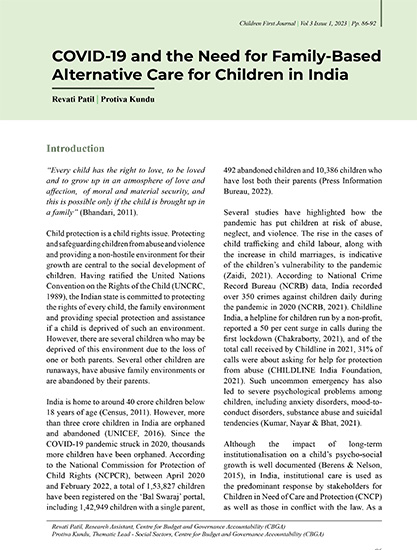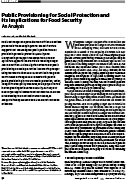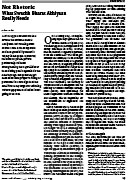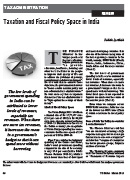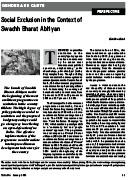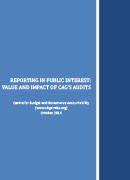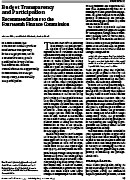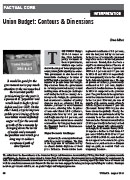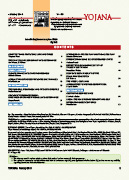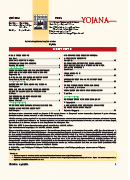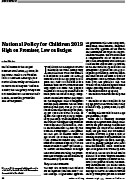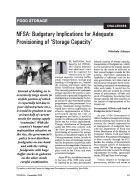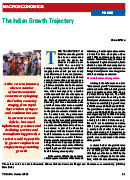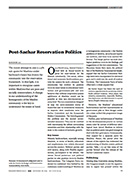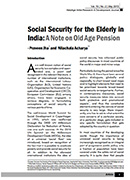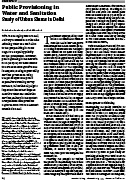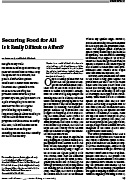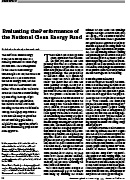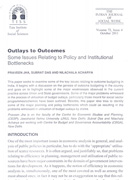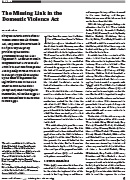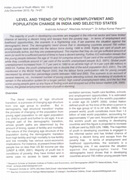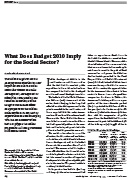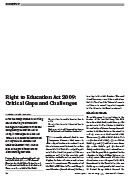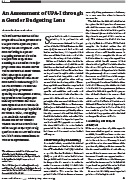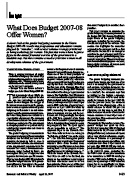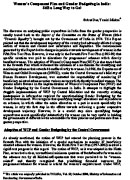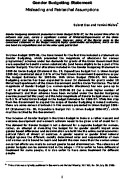Budget for Education
Like most other countries, education has been assigned a high priority in the development policy objectives in India. Despite the intention, however, the expansion of education has been remarkably slow in India as compared to some of the other Asian Countries. As per UNDP’s data brought out in 2012, India records a meager 4.4 mean years of schooling (i.e. mean years of schooling of the working population or those over 15 years old), which is much less than that of Sri Lanka (9.3) and China (7.5) and also behind those of Pakistan(4.9) and Bangladesh (4.8). After sixty-six years of independence, the country is yet to achieve the goal of universal elementary education. The sharp drop-off in enrollment at the middle school level and the decreasing transition rate from elementary to higher secondary suggests that the gains at the elementary level have not yet impacted the school education sector as a whole. The quality of education too continues to raise a number of concerns. Provisioning of education- both for its coverage as well as quality - requires significant amount of financial resources. Given the crucial importance that education plays in the development of a society and the country’s economy, public provisioning of education has been recognized as an effective strategy towards this sector in many countries. This article outlines some of the key issues with regard to public resources or budgetary resources provided for education sector in India.



